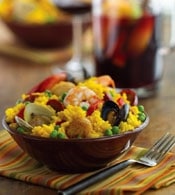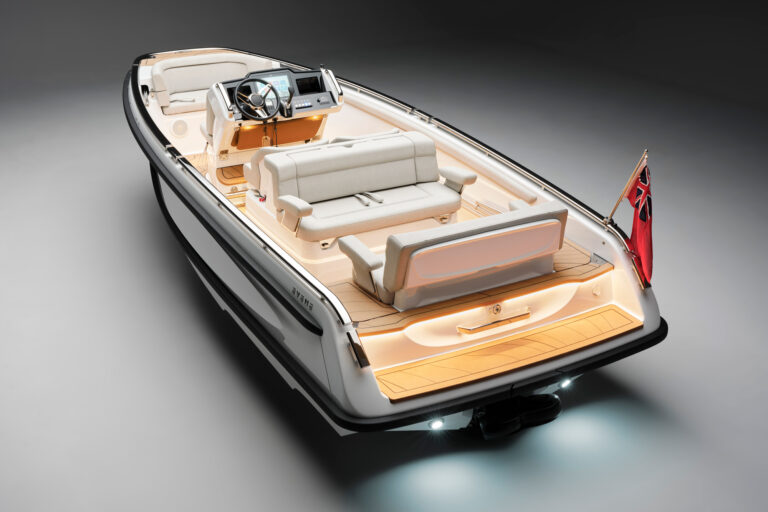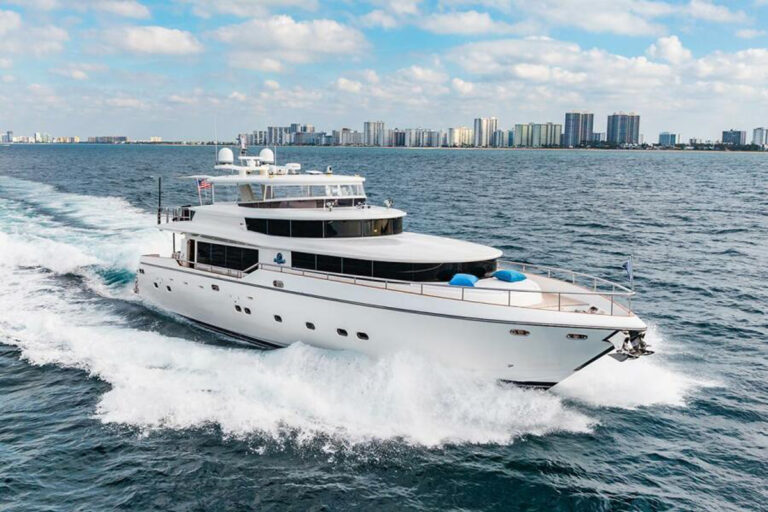
Valencia
Hosting this year’s America’s Cup is the medieval city of Valencia, which has been playing catch-up so quickly, with its own distinctive style and very good taste, derived from centuries of mixing Iberian and Moorish cultures, that it should join any traveler’s itinerary along with Barcelona and Madrid. The River Turia flows beneath Valencia’s magnificent municipal park from the Paseo de la Alameda to the Paseo de la Ciudela, flanked by the kind of new museums that spur the most progressive architecture: an oceanographic museum, a Museum of Science, the Palace of Arts, and the Palace of Music, all within steps of each another. And Valencia’s food culture is as rich as any in Spain; its location on the sea brings tremendous seafood, best manifested in its immaculate seafood market. Outside the city are vineyards of remarkable diversity, producing increasingly fine wines from local grapes with names like Bobal, Verdil and Monastrell. Vibrant and fertile, Valencia’s coastal plain has been called the “garden of Spain.”
The rice paddies just outside the city limits are what unify this cultural mosaic: Valencia is in great need of rice because this is the region that gave the world paella, one of Spain’s most famous rice dishes. Originally paella was a poor man’s open-air meal cooked in one big platter over a wood fire till the rice stuck to the bottom and crisped-a rustic touch still considered the tastiest part of a good paella. Gastronomic purists say the authentic paella was made only with eels from Albufera, Valencia’s saltwater lagoon; today an assortment of main ingredients-seafood, chicken, rabbit-finds its way into a wide variety of paellas.
Invariably, however, paella must be made with moist, tender short-grained Valencian rice, with every grain suffused with flavor, neither mushy nor dry-though somewhat drier than an Italian risotto. Depending on the Valencian you speak to, only red wine, or only white wine, should be drunk while eating paella. Another will say you drink sangria with paella.
In Valencia, Sunday is the day when families go out for paella, especially to the seaside, palm-lined Avenue Neptune, where more than a dozen restaurants, chockablock to one another, feature the dish. People usually go after Mass, but keep in mind that no proper lunch begins in Valencia before 2 p.m.
La Pepica (6 Avenue Neptuno; 96-371-0366) was Ernest Hemingway’s favorite. In The Dangerous Summer, he wrote: “Dinner at Pepica’s was wonderful. It was a big, clean, open-air place and everything was cooked in plain sight. You could hear the sea breaking on the beach and the lights shone on the wet sand.” Hemingway ate heartily and was very fond of the Balleguer family who still owns the restaurant today.
I like Pepica as well as I do La Rosa (70 Avenue de Neptuno; 96-371-2076). La Rosa has a vast menu and a fairly good wine list, with a number of excellent Valencian wines priced $10 to $18. You begin here by nibbling on chicarones (fried pork skins) and a salad of tomatoes, shredded carrots and ham. Then comes the paella, steaming in the big, concave pans that give the dish its name. People cheer when it arrives at their table, the aromas wafting through the room and the famished diners toast the paella with their glasses of wine, sangria or cold Mahon beer. Get there early to get a table in the alfresco section overlooking the beach.
Most restaurants around town serve their own version of paella, and locals are forever arguing as to which makes the best. You’ll find vociferous fans of Raco del Turia (10 Carrier Ciscar; 96-395-1525), a bright, cheery place with wood beams, painted tiles and a painting showing paella being cooked in the countryside outdoors. The kitchen also turns out a lavish dish of grilled zucchini, asparagus, tomatoes, eggplant, onions and mushrooms dressed with a well-rendered romescu sauce of almonds, peppers, onions, tomato, garlic and olive oil, and topped with fat fresh shrimp gilded with garlic and oil.
One of the trendier spots of the moment, drawing a hip young crowd, is L’Ambigù (Carrier Felip Maria Garin; 96-337-4005). Here the menu changes often and seasonally, and chef Mariano Fernandez does dazzling presentations of modern culinary concepts. To give you an idea of Valencians’ way with rice, Fernandez serves four distinct versions on one plate, with squid, octopus and asparagus, chicken and rabbit and cauliflower and cod.
Some of the best of the region’s seafood restaurants are in the vacation city of Alicante, which sprawls around a deep-water harbor flocked with some of the largest yachts in European waters. One of the best places to watch them ply those waters is at the 46-year-old restaurant Dársena (Marina Deportiva; 96-520-7589; www.darsena.com), a huge place with indoor and outdoor seating. Dársena has a long, very tempting tapas bar featuring dozens of crustaceans and mollusks glistening on ice; whole fish are admirably displayed for you to see in all their pristine freshness. The menu is vast, and the rice dishes and paellas teem with ingredients straight off the docks that morning. You drink the wines of Alicante, which are very good and amazingly cheap, and you look out on the water and have no doubt that this is truly one of the most beautiful parts of Spain, with some of the best food.
And if you finally get your fill of paella, there is a very special place outside of Valencia in the Cavanel neighborhood, full of gypsies and plenty of small tabernas, most hidden behind faded, painted façades. One of the best places to eat here is the extraordinary wine bar and restaurant Bodega Montaña (969 Carrier Jose Benlliure; 96-367-2314; www.emilianobodega.com), owned by Emiliano Garcia. The building dates back to 1836, and the bodega is celebrating its centennial as an eatery that now stocks 1,100 wines on its list, most from a front room no bigger than a one-car garage. Platters of buttery sliced ham are set down before you with a bottle of sparkling cava. More platters follow with anchovies and sardines, little sausages and fried potatoes and mushrooms and a good deal more wine and much else I simply do not remember, having put my notebook away after the fifth course and second bottle of Monastrell red. Suffice it to say that no one leaves this bodega hungry and no one goes away without a smile on his face and a strong intention to take a nap before a late, late dinner.
One last note about Valencia’s most famous dish: Toward the end of August the town of Buñol holds La Tomatina festival, which draws 30,000 people. Here they hold a paella cooking contest; the next day a ham is placed upon a greased pole and revelers try to climb it to bring down the bacon. Then, at the sound of a cannon, thousands of people start throwing tomatoes at each other for two hours-240,000 tomatoes. Afterward fire trucks spray down the city, the people wash themselves in the river, and the festival ends with servings of paella and wine.
Chicken Paella
Paella pans can be purchased in kitchenware stores or online or, best of all, in Valencia.
2 chickens, cut into pieces 1 cup Spanish olive oil 2 cups green beans 1 cup fava beans 3 tomatoes, chopped 2 sweet red peppers 1 tsp sweet paprika 1 tsp saffron threads 8 cups chicken broth 3 cups uncooked Spanish rice
1. Salt and pepper the chicken pieces. In a paella pan heat the oil till it starts to sizzle, then add chicken and sauté until lightly browned. Add green beans and fava beans and sauté with the meat to soften. While they cook, clear a spot in the middle of the pan, add the tomatoes and red peppers and sauté till wilted, then add paprika and saffron and stir to blend. 2. Begin to add broth a cup at a time until it comes to the edge of the paella pan and cook all the ingredients for about 20 minutes. 3. Add the rice and distribute but do not stir into the other ingredients. Add broth if necessary to cover the rice. Cook for another 20 minutes until the broth has been absorbed. Remove the paella from the heat and allow to rest for 10 minutes. Garnish with lemon wedges. Serves 6 to 8.









